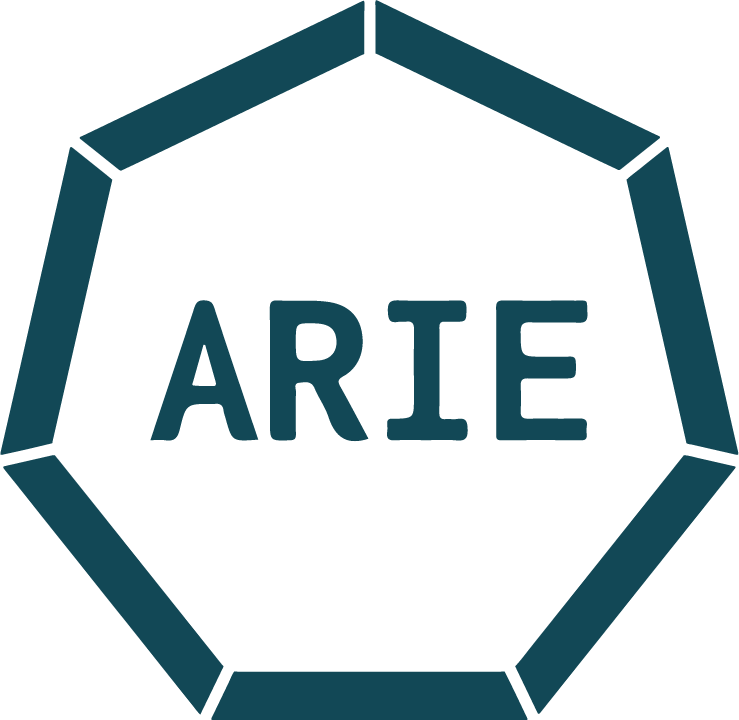ARIE is a consortium of seven Europe-wide research networks that are working together to address the Missions of Horizon Europe.
The ARIE networks are centres of scientific and technological excellence that provide services, data and know-how to the scientific user community.
Find out how ARIE members are working to address the societal challenges of the Horizon Europe Missions framework programme.
